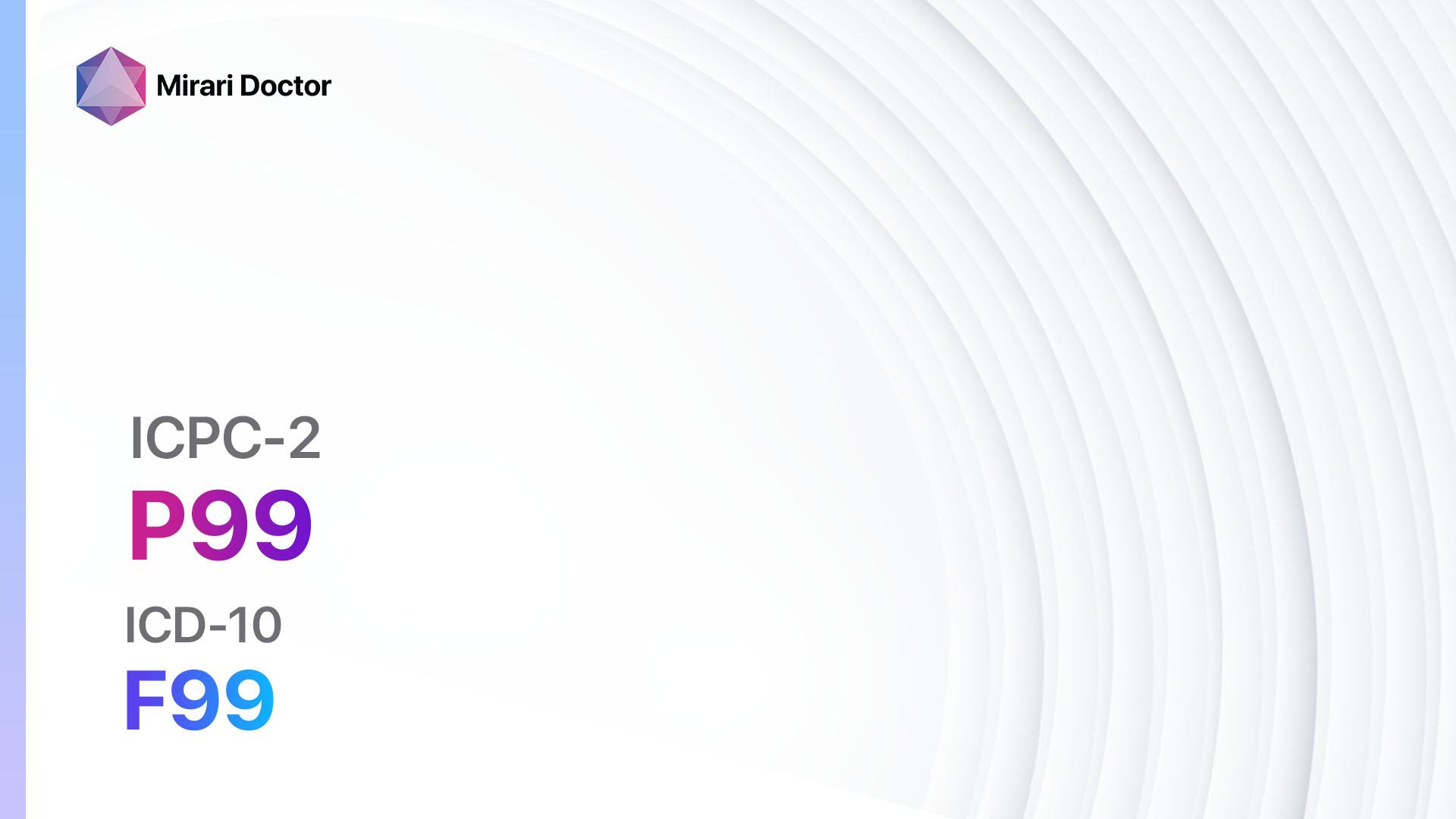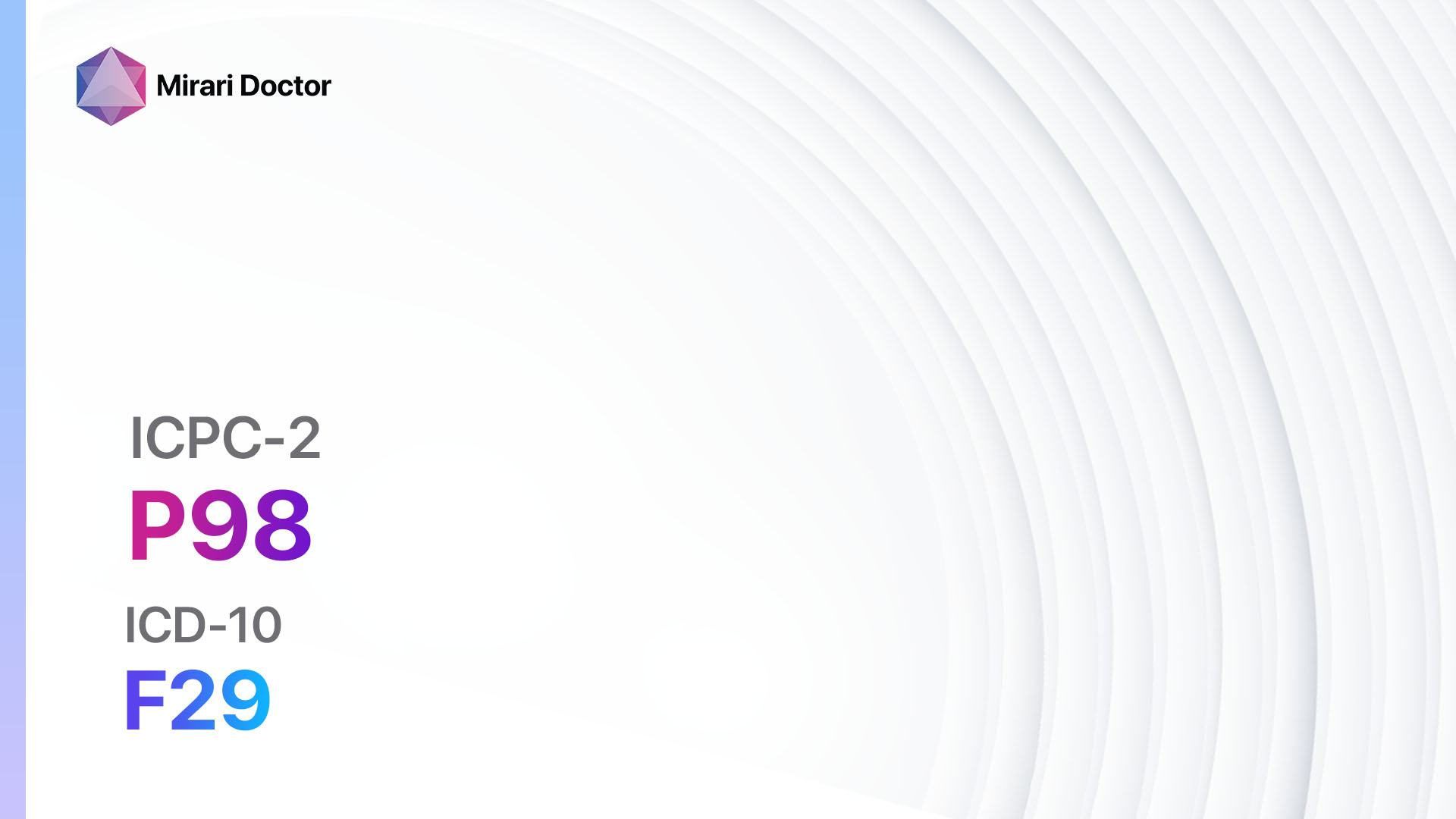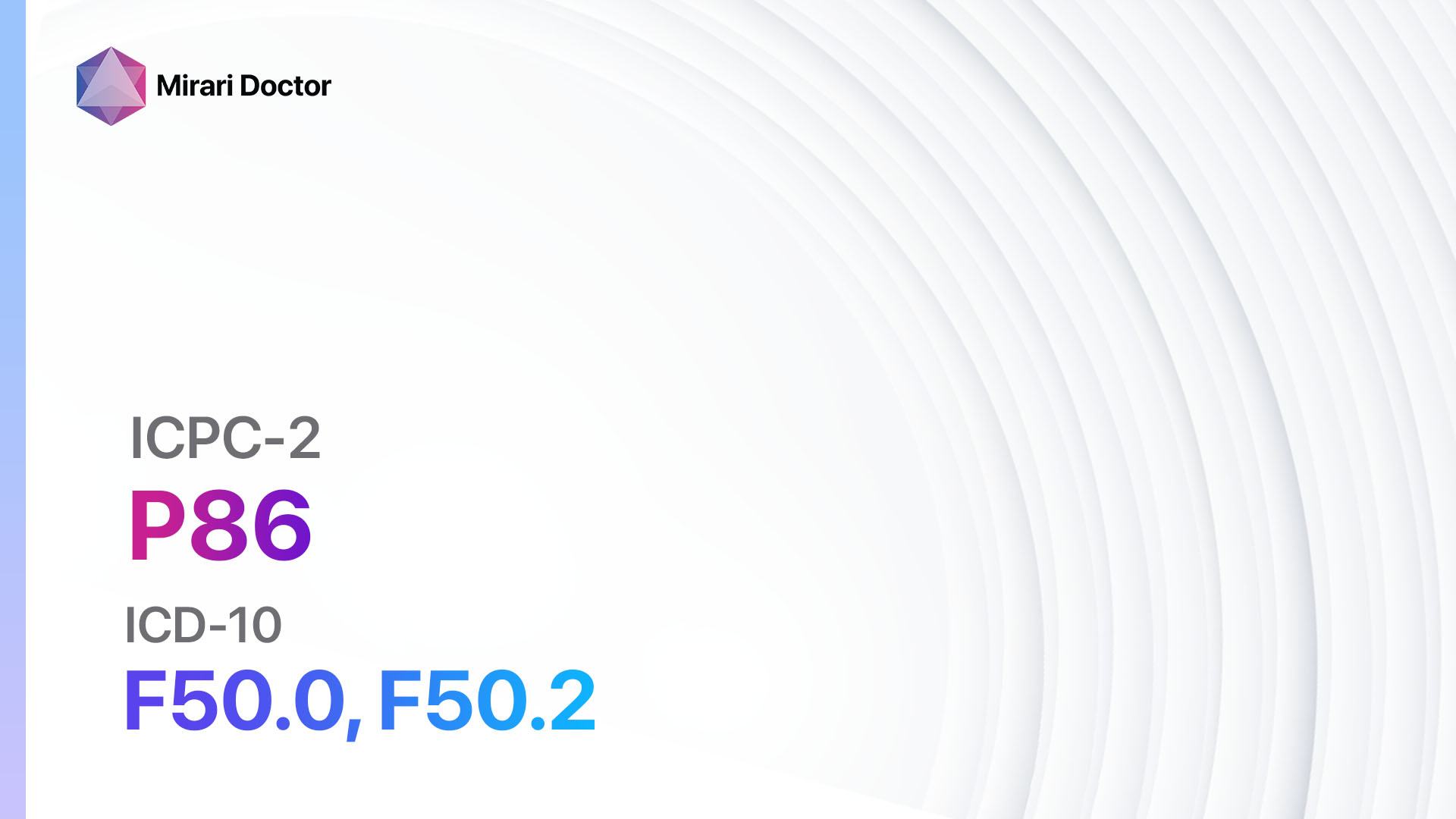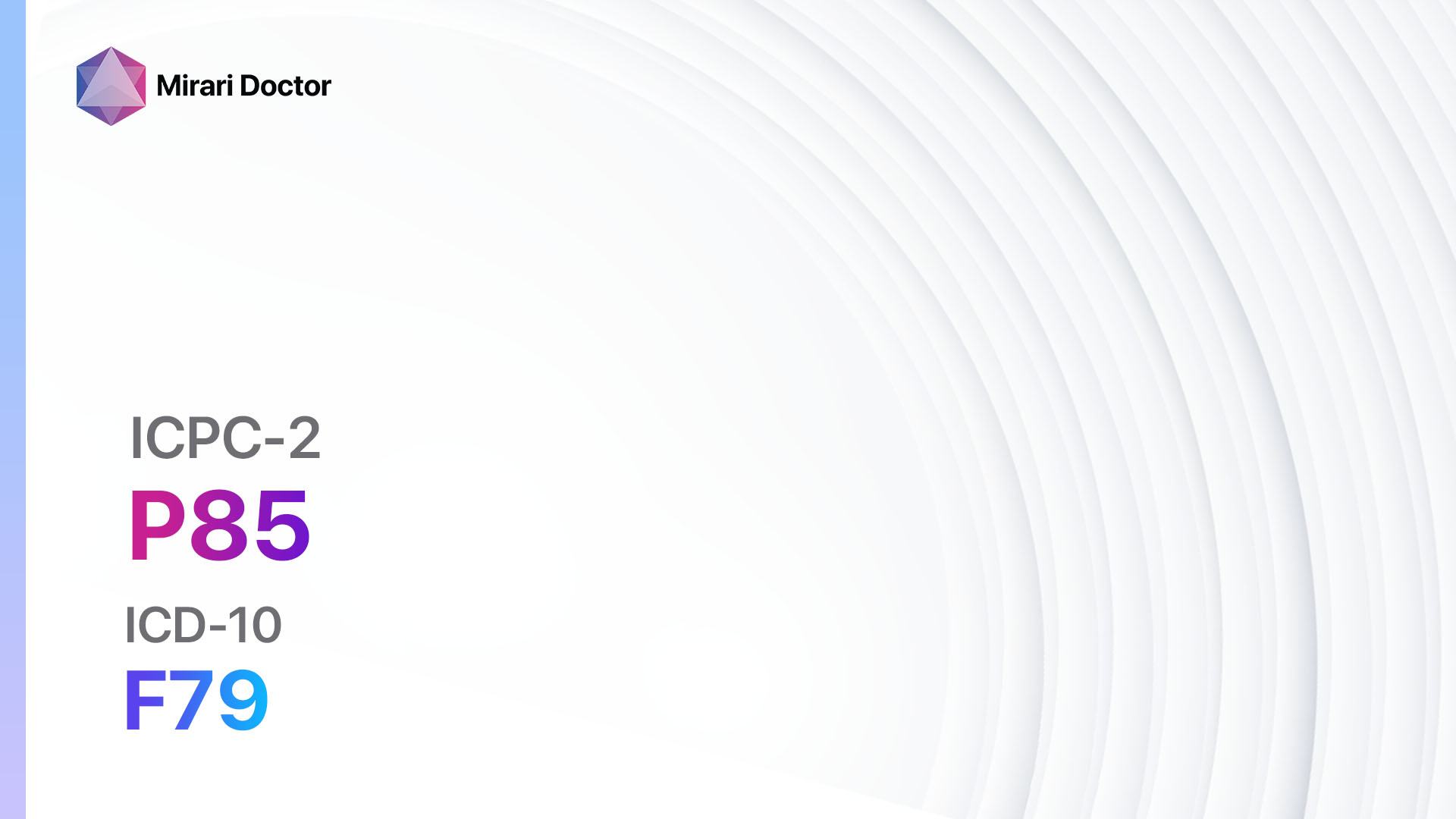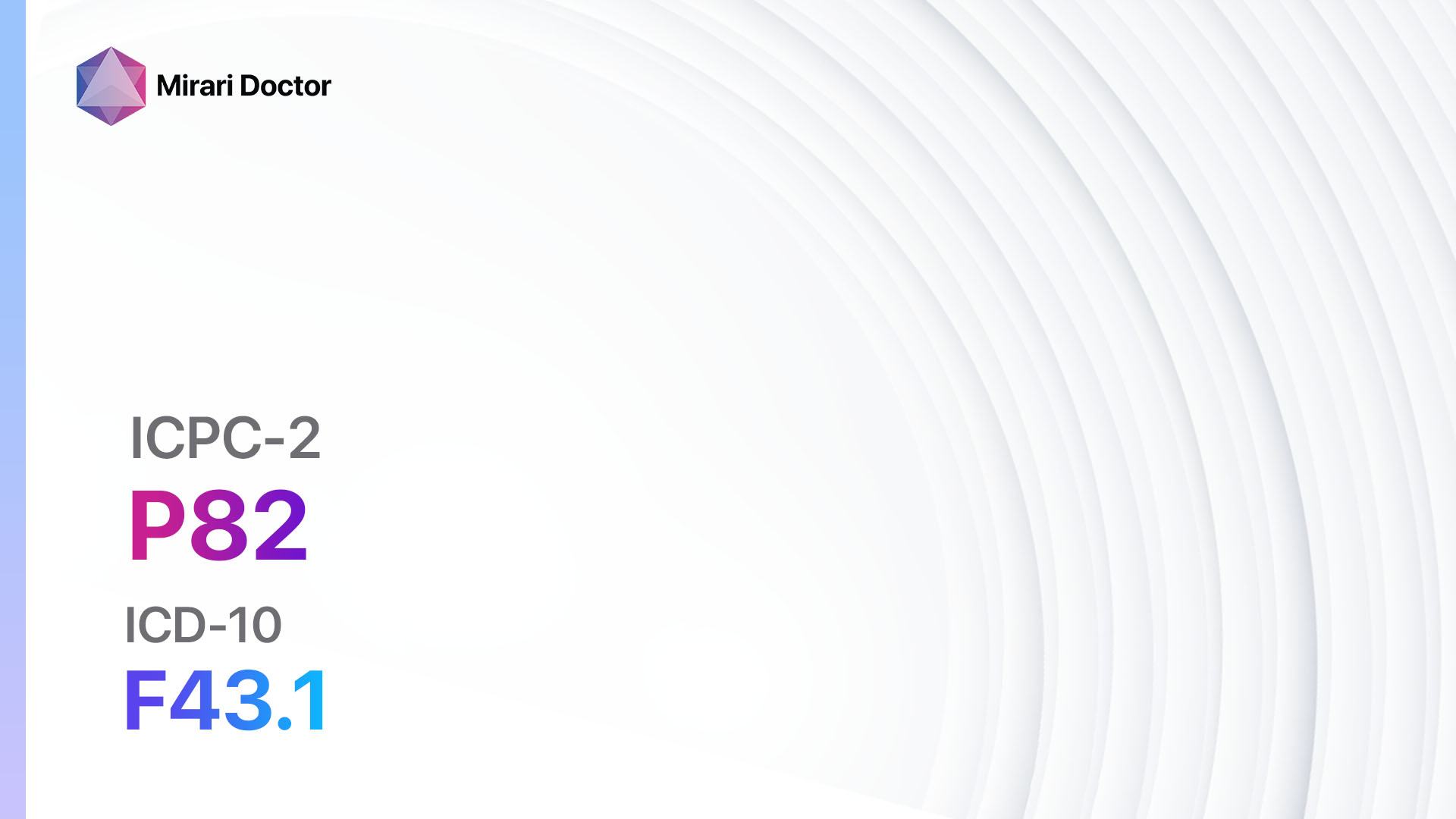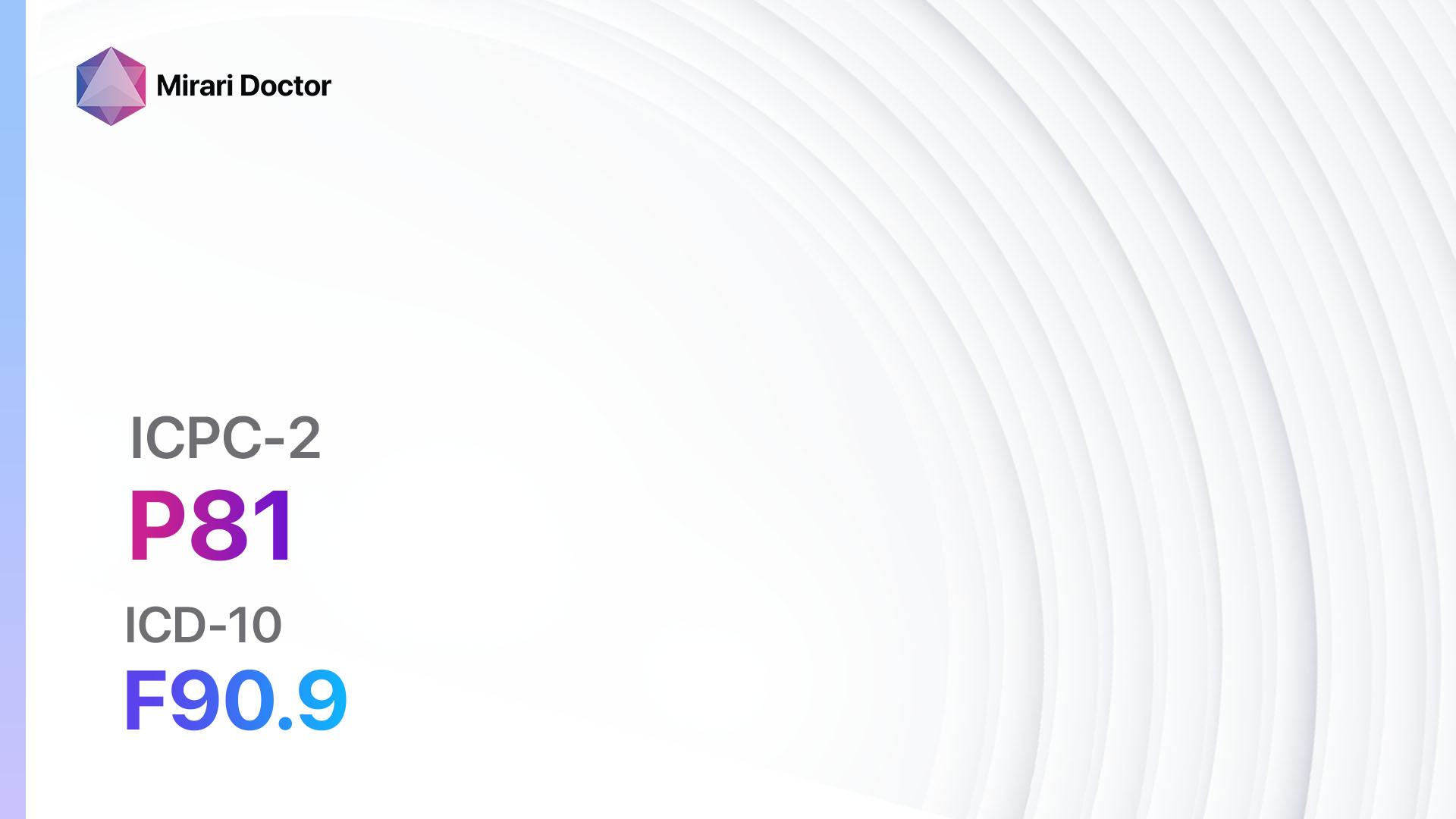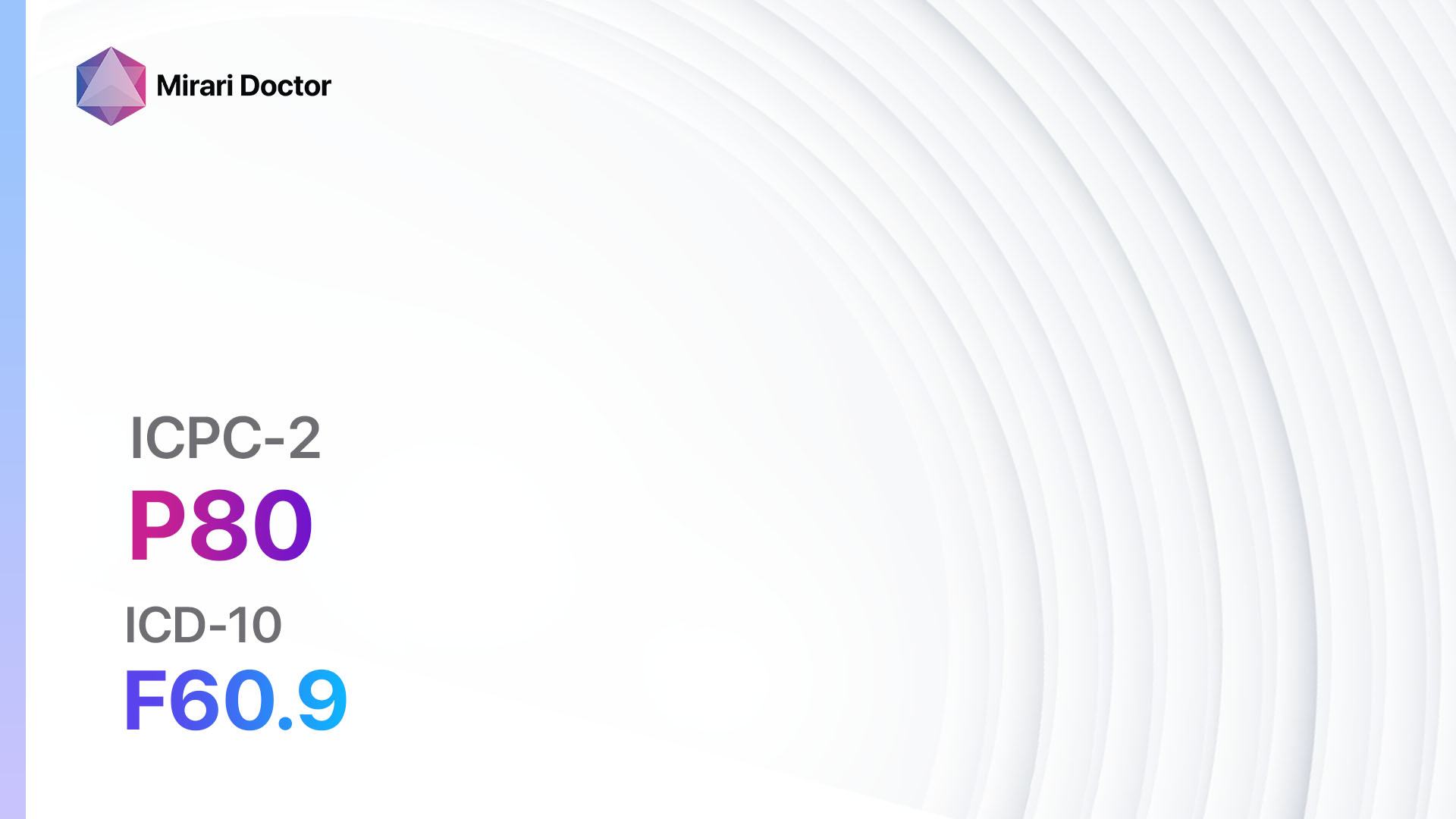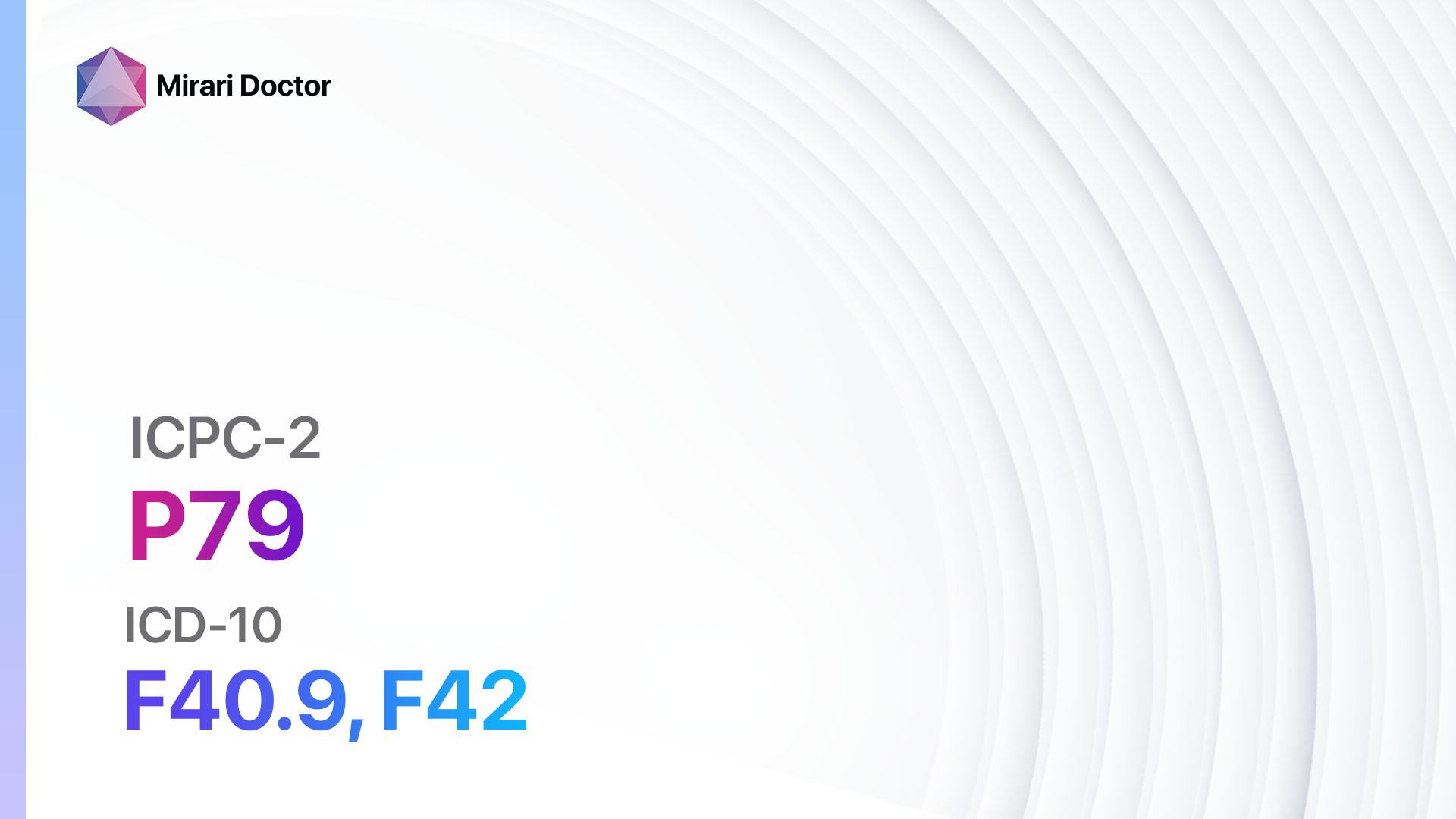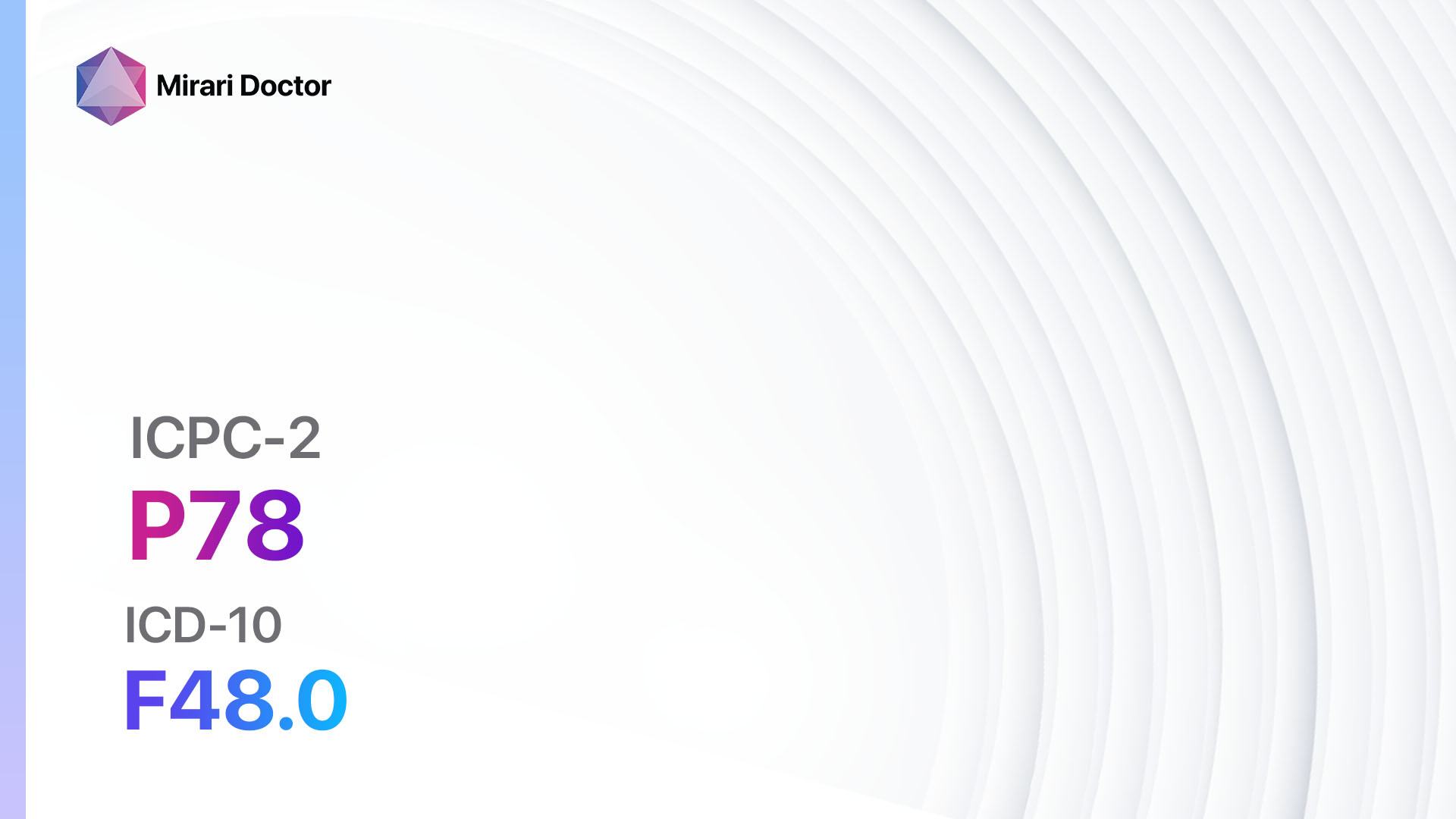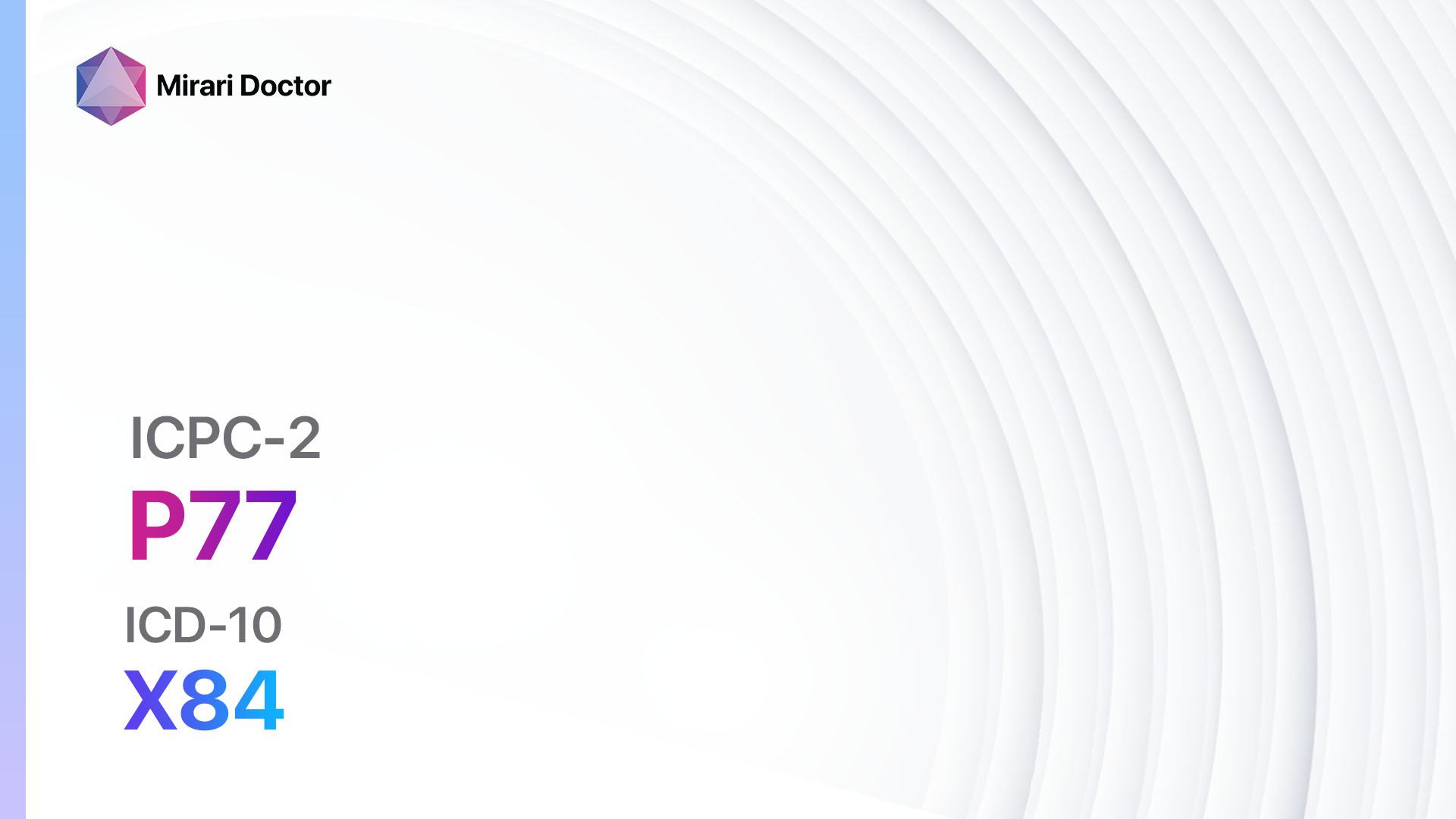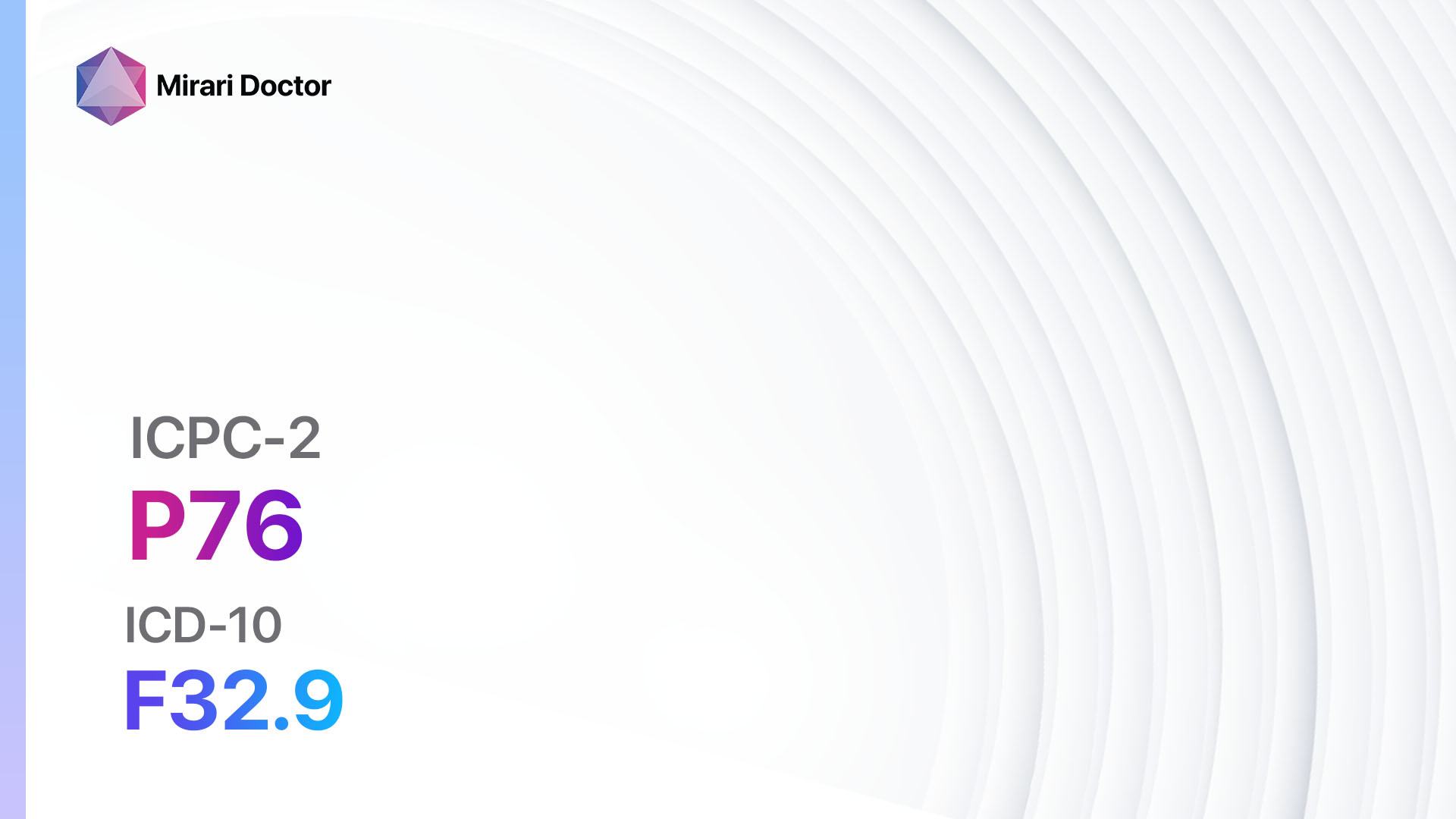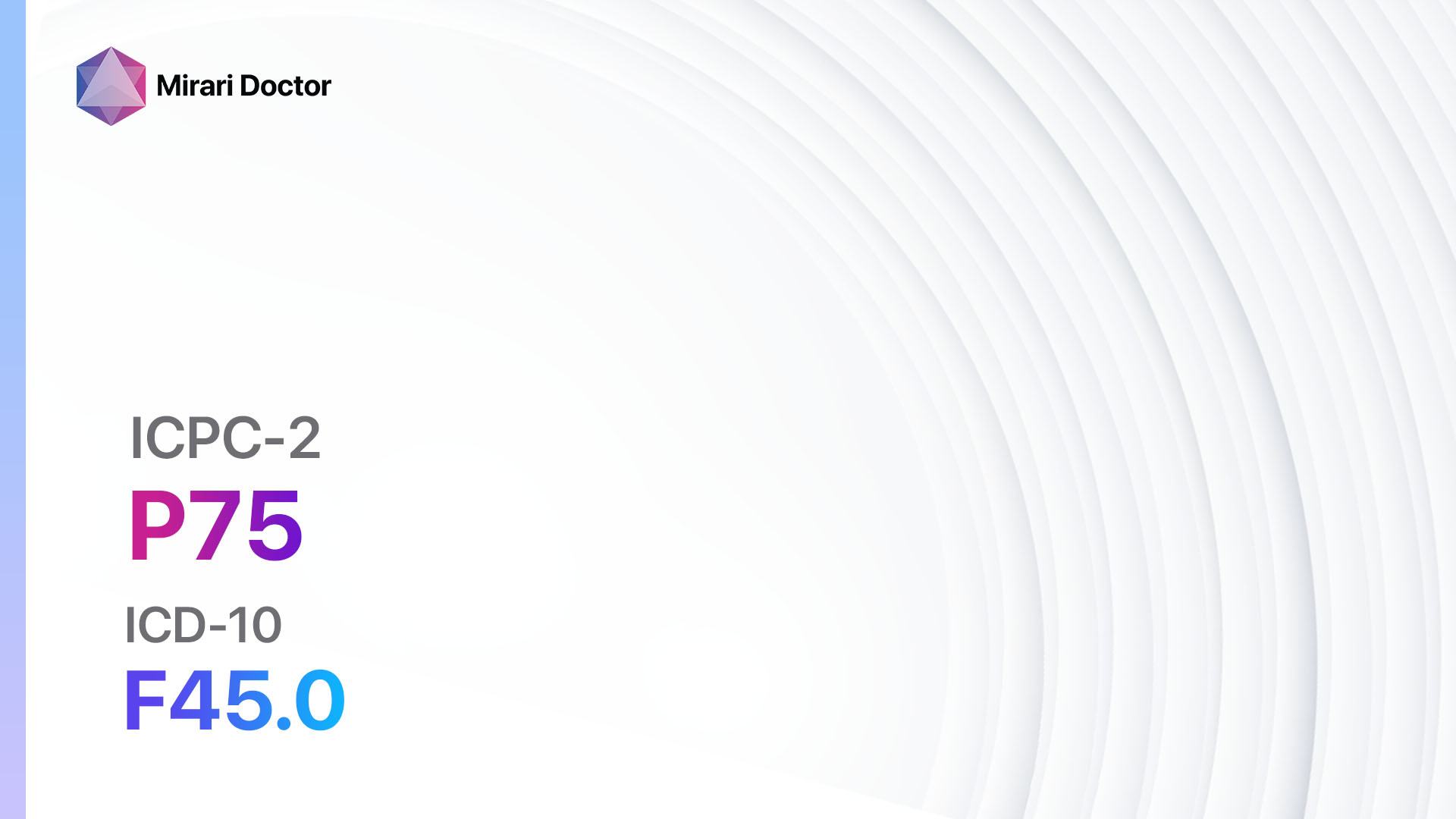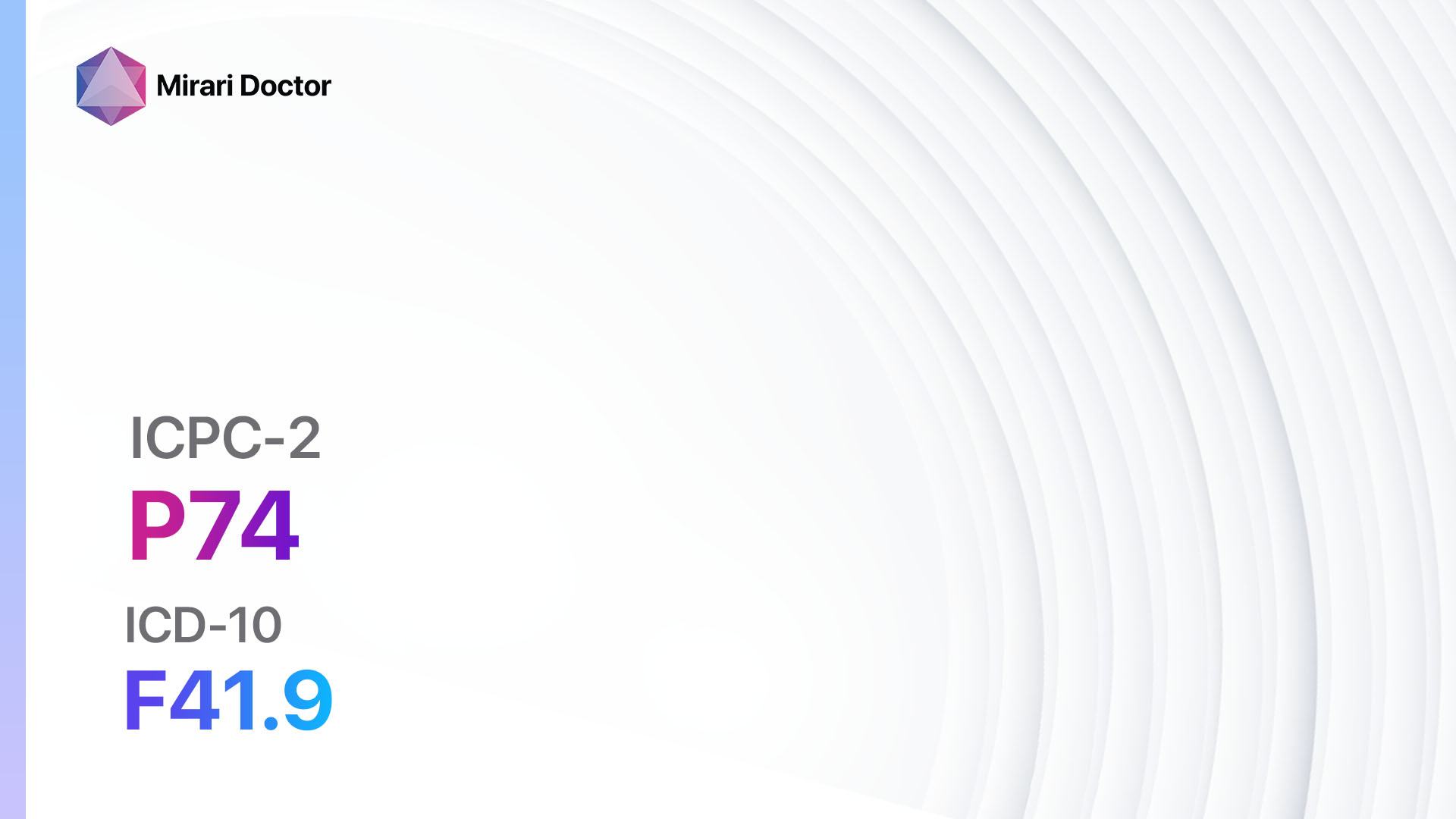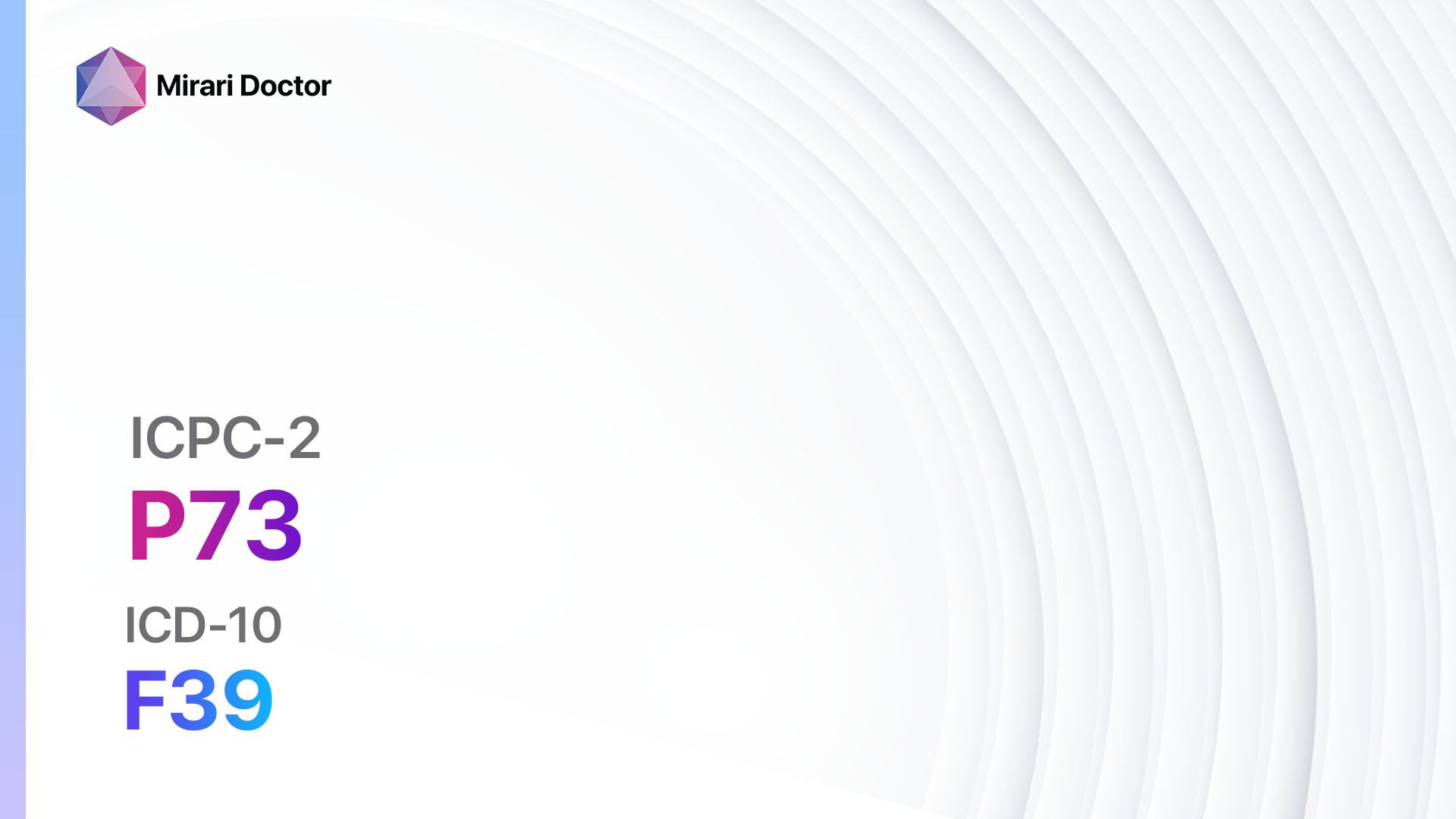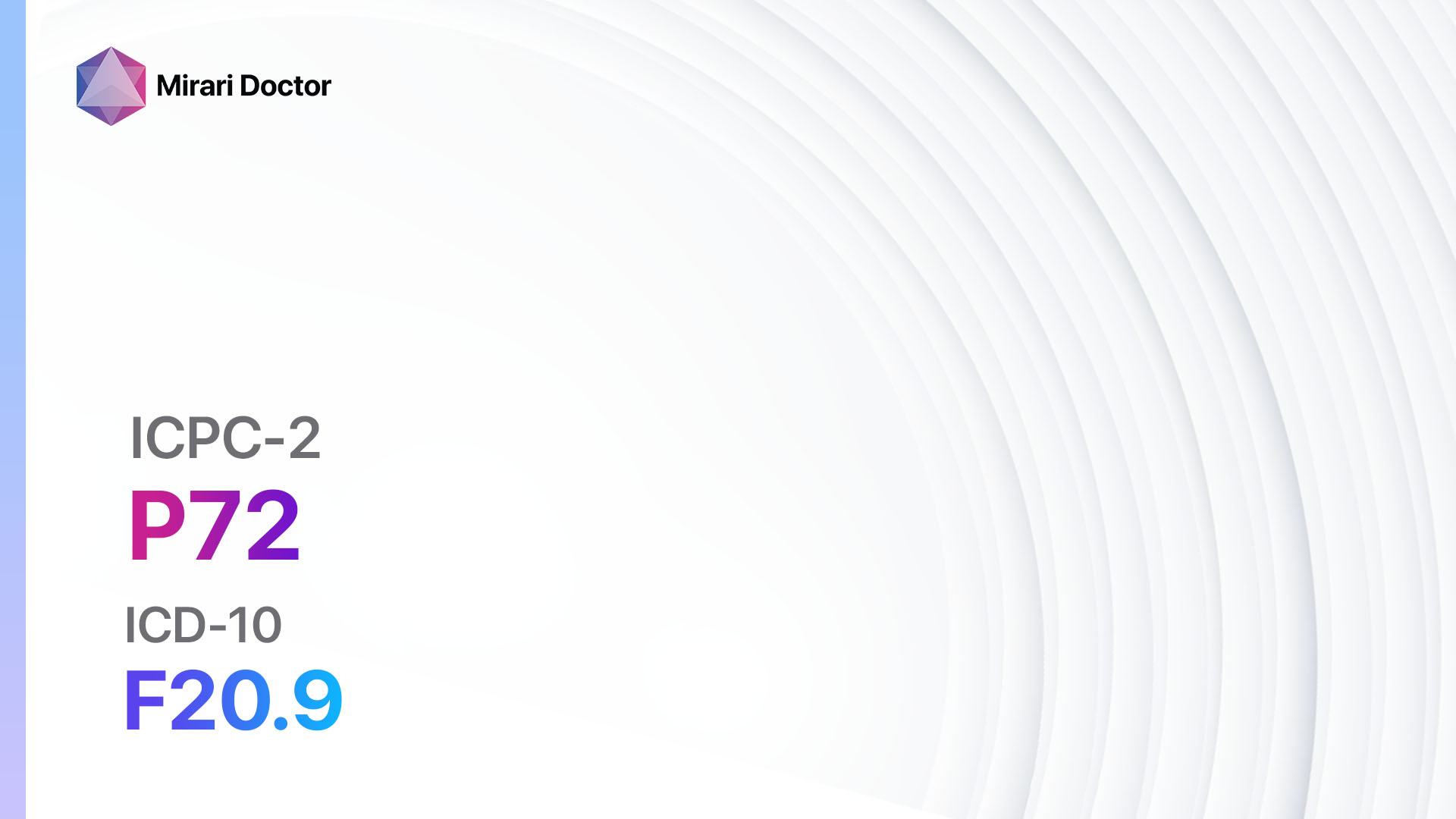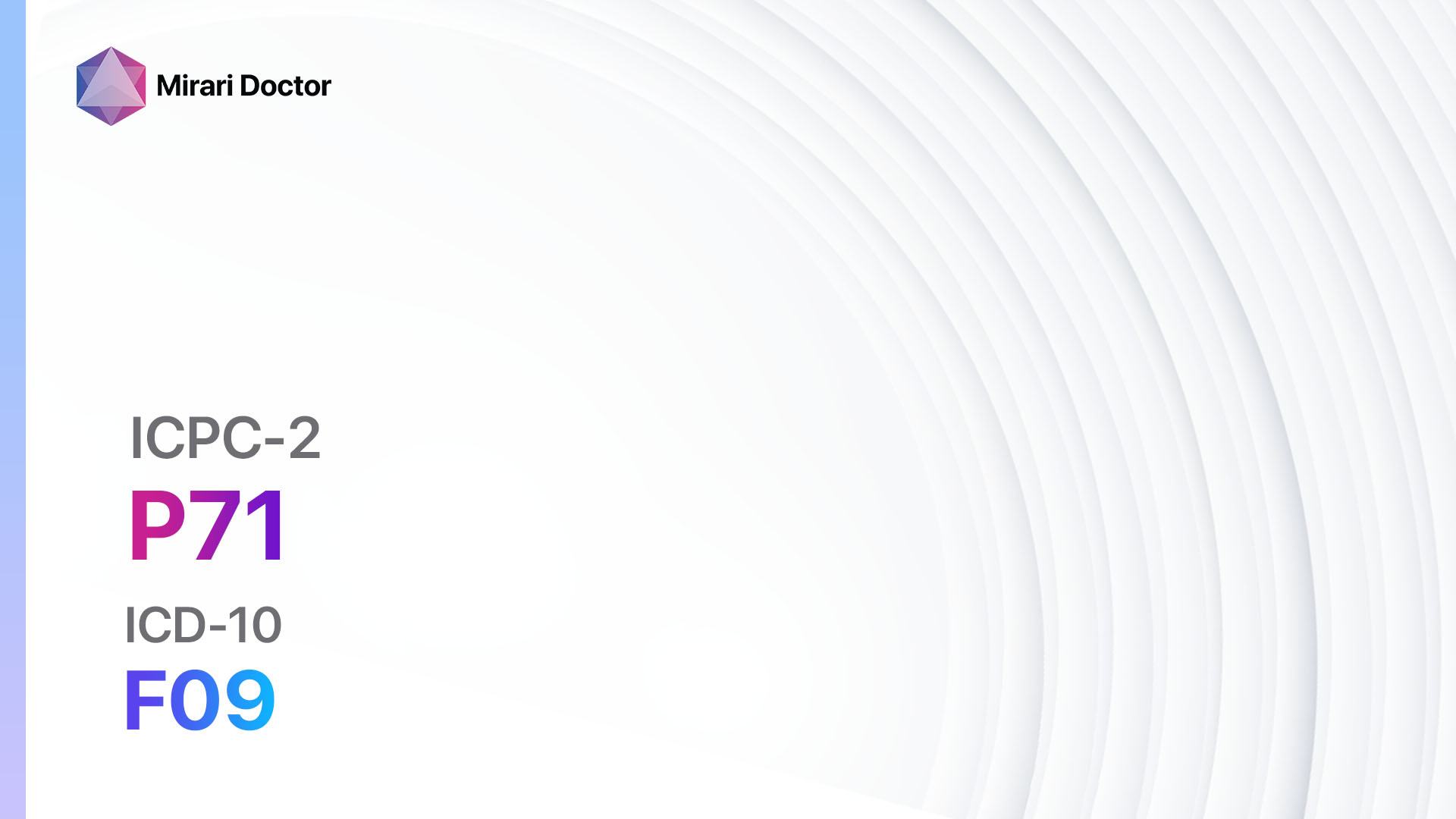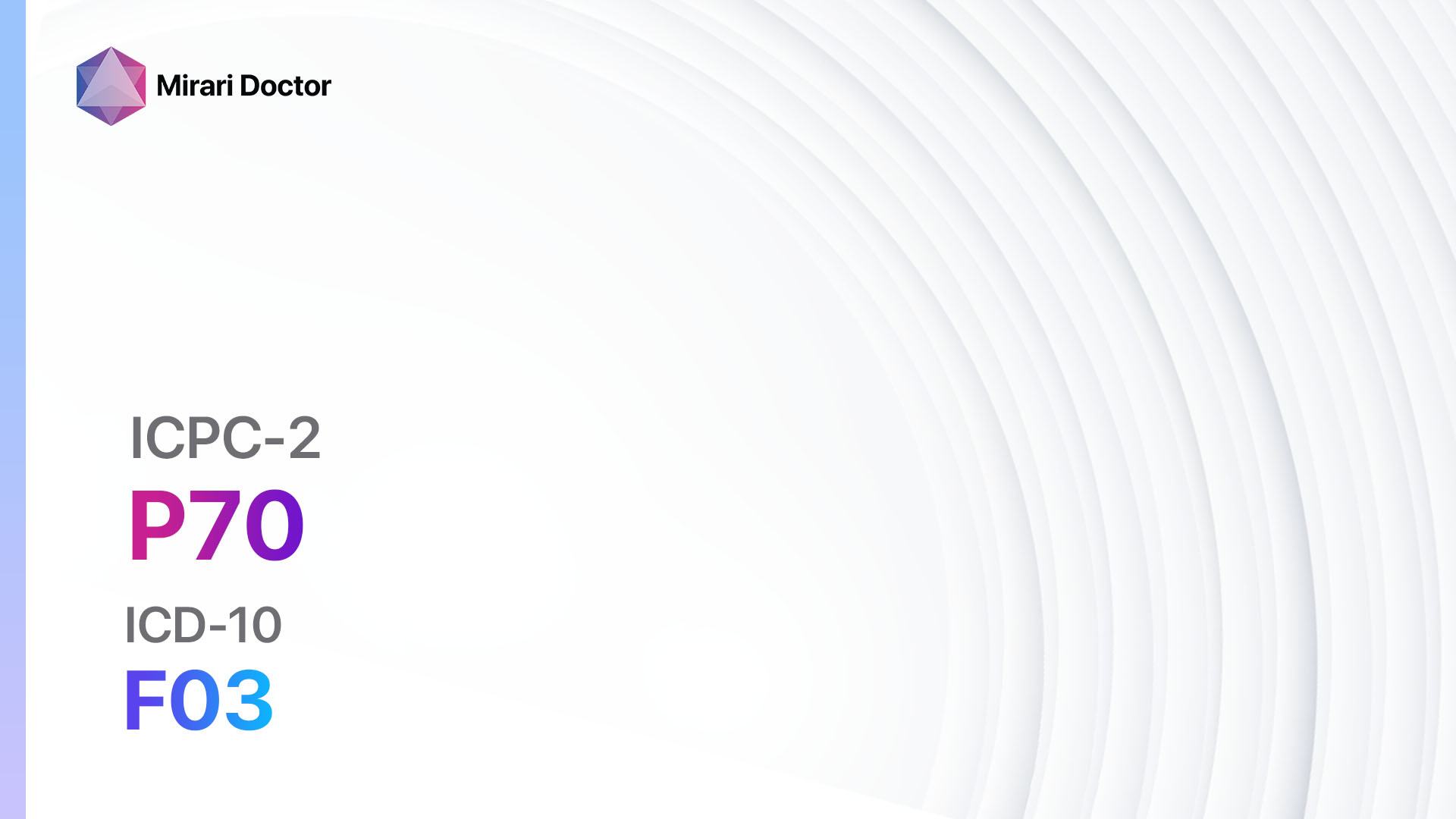
Introduction
Bedwetting, also known as enuresis, is a common condition characterized by involuntary urination during sleep. It can occur in both children and adults and can have a significant impact on quality of life.[1] The aim of this guide is to provide healthcare professionals with a comprehensive overview of bedwetting, including its symptoms, causes, diagnostic steps, possible interventions, and patient education.
Codes
Symptoms
- Frequent bedwetting episodes during sleep
- Involuntary urination during the day in severe cases[2]
Causes
- Delayed maturation of the bladder muscles
- Hormonal imbalances
- Genetic factors
- Psychological factors, such as stress or anxiety
- Urinary tract infections
- Sleep disorders, such as sleep apnea[3]
Diagnostic Steps
Medical History
- Gather information about the patient’s age, frequency of bedwetting episodes, and any associated symptoms or triggers
- Ask about the patient’s medical history, including any previous urinary tract infections or sleep disorders
- Inquire about the patient’s family history of bedwetting or other urinary issues[4]
Physical Examination
- Perform a general physical examination to assess overall health and rule out any underlying medical conditions
- Conduct a focused examination of the urinary system to check for any abnormalities or signs of infection[5]
Laboratory Tests
- Urinalysis: to check for signs of infection or other urinary abnormalities
- Complete blood count (CBC): to rule out any underlying medical conditions
- Urine culture: to identify any bacterial infections in the urinary tract[6]
Diagnostic Imaging
- Renal ultrasound: to evaluate the structure and function of the kidneys and urinary tract
- Voiding cystourethrogram (VCUG): to assess the flow of urine and detect any abnormalities in the urinary system[7]
Other Tests
- Sleep study: to evaluate for any underlying sleep disorders, such as sleep apnea
- Bladder diary: to track the patient’s fluid intake, voiding patterns, and bedwetting episodes over a period of time[8]
Follow-up and Patient Education
- Schedule regular follow-up appointments to monitor the patient’s progress and adjust treatment as needed[9]
- Provide education to the patient and their family about bedwetting, including its causes, treatment options, and strategies for managing and preventing episodes[10]
Possible Interventions
Traditional Interventions
Medications:
Top 5 drugs for Bedwetting/enuresis:
- Desmopressin (e.g., DDAVP):
- Cost: $50-$100 for a 30-day supply.
- Contraindications: Known hyponatremia, severe renal impairment.
- Side effects: Headache, nausea, nasal congestion.
- Severe side effects: Water intoxication, seizures.
- Drug interactions: SSRIs, tricyclic antidepressants.
- Warning: Monitor serum sodium levels during treatment.
- Imipramine:
- Cost: $20-$50 for a 30-day supply.
- Contraindications: Recent myocardial infarction, glaucoma, urinary retention.
- Side effects: Dry mouth, constipation, blurred vision.
- Severe side effects: Cardiac arrhythmias, seizures.
- Drug interactions: MAO inhibitors, SSRIs.
- Warning: Use with caution in patients with cardiac conditions.
- Oxybutynin:
- Cost: $20-$50 for a 30-day supply.
- Contraindications: Urinary retention, gastric retention, uncontrolled narrow-angle glaucoma.
- Side effects: Dry mouth, constipation, blurred vision.
- Severe side effects: Urinary retention, angioedema.
- Drug interactions: Anticholinergic drugs, ketoconazole.
- Warning: Use with caution in patients with gastrointestinal disorders.
- Tolterodine:
- Cost: $20-$50 for a 30-day supply.
- Contraindications: Urinary retention, gastric retention, uncontrolled narrow-angle glaucoma.
- Side effects: Dry mouth, constipation, blurred vision.
- Severe side effects: Urinary retention, angioedema.
- Drug interactions: Anticholinergic drugs, ketoconazole.
- Warning: Use with caution in patients with gastrointestinal disorders.
- Mirabegron:
- Cost: $100-$200 for a 30-day supply.
- Contraindications: Severe uncontrolled hypertension, severe hepatic impairment.
- Side effects: Increased blood pressure, headache, urinary tract infection.
- Severe side effects: Hypertensive crisis, angioedema.
- Drug interactions: CYP3A4 inhibitors, CYP2D6 inhibitors.
- Warning: Monitor blood pressure during treatment.
Alternative Drugs:
- Anticholinergic drugs (e.g., Trospium, Solifenacin): Can be used as an alternative to oxybutynin or tolterodine.
- Botulinum toxin injections: Can be considered for patients who do not respond to other treatments.
- Antidepressants: May be prescribed for patients with bedwetting associated with psychological factors.
Behavioral Interventions:
- Bedwetting alarms: Devices that emit a sound or vibration when the patient starts to urinate, helping to condition them to wake up and use the bathroom. Cost: $50-$100.
- Bladder training: Techniques to help the patient gradually increase their bladder capacity and improve their ability to hold urine for longer periods.
- Fluid restriction: Limiting the amount of fluids consumed in the evening to reduce the risk of bedwetting.
- Toileting reminders: Encouraging the patient to use the bathroom regularly throughout the day and before bedtime.
Alternative Interventions
- Acupuncture: May help improve bladder control and reduce bedwetting episodes. Cost: $60-$120 per session.
- Hypnosis: Can be used to address any underlying psychological factors contributing to bedwetting. Cost: $100-$200 per session.
- Herbal supplements: Certain herbs, such as horsetail or corn silk, may have diuretic properties and help reduce bedwetting. Cost: Varies depending on the specific supplement.
- Chiropractic adjustments: Some chiropractors claim that spinal adjustments can help improve bladder control. Cost: $50-$100 per session.
Lifestyle Interventions
- Fluid management: Encourage the patient to drink enough fluids during the day but limit intake in the evening.
- Regular toileting: Establish a routine for the patient to use the bathroom before bedtime and at regular intervals throughout the day.
- Bedtime routine: Create a calming bedtime routine to help the patient relax and promote better sleep.
- Protective bedding: Use waterproof mattress covers or disposable bed pads to protect the bed from urine.
It is important to note that the cost ranges provided are approximate and may vary depending on the location and availability of the interventions.
Mirari Cold Plasma Alternative Intervention
Understanding Mirari Cold Plasma
- Safe and Non-Invasive Treatment: Mirari Cold Plasma is a safe and non-invasive treatment option for various skin conditions. It does not require incisions, minimizing the risk of scarring, bleeding, or tissue damage.
- Efficient Extraction of Foreign Bodies: Mirari Cold Plasma facilitates the removal of foreign bodies from the skin by degrading and dissociating organic matter, allowing easier access and extraction.
- Pain Reduction and Comfort: Mirari Cold Plasma has a local analgesic effect, providing pain relief during the treatment, making it more comfortable for the patient.
- Reduced Risk of Infection: Mirari Cold Plasma has antimicrobial properties, effectively killing bacteria and reducing the risk of infection.
- Accelerated Healing and Minimal Scarring: Mirari Cold Plasma stimulates wound healing and tissue regeneration, reducing healing time and minimizing the formation of scars.
Mirari Cold Plasma Prescription
Video instructions for using Mirari Cold Plasma Device -P12 Bedwetting/enuresis (ICD-10:F98.0)
| Mild | Moderate | Severe |
| Mode setting: 6 (Liver/Kidney Therapy) Location: 2 (Prostate & Uterus) Morning: 15 minutes, Evening: 15 minutes |
Mode setting: 6 (Liver/Kidney Therapy) Location: 2 (Prostate & Uterus) Morning: 30 minutes, Lunch: 30 minutes, Evening: 30 minutes |
Mode setting: 6 (Liver/Kidney Therapy) Location: 2 (Prostate & Uterus) Morning: 30 minutes, Lunch: 30 minutes, Evening: 30 minutes |
| Mode setting: 7 (Immunotherapy) Location: 7 (Neuro system & ENT) Morning: 15 minutes, Evening: 15 minutes |
Mode setting: 7 (Immunotherapy) Location: 7 (Neuro system & ENT) Morning: 30 minutes, Lunch: 30 minutes, Evening: 30 minutes |
Mode setting: 7 (Immunotherapy) Location: 7 (Neuro system & ENT) Morning: 30 minutes, Lunch: 30 minutes, Evening: 30 minutes |
| Mode setting: 7 (Immunotherapy) Location: 1 (Sacrum) Morning: 15 minutes, Evening: 15 minutes |
Mode setting: 7 (Immunotherapy) Location: 1 (Sacrum) Morning: 30 minutes, Lunch: 30 minutes, Evening: 30 minutes |
Mode setting: 7 (Immunotherapy) Location: 1 (Sacrum) Morning: 30 minutes, Lunch: 30 minutes, Evening: 30 minutes |
| Total Morning: 45 minutes approx. $7.50 USD, Evening: 45 minutes approx. $7.50 USD |
Total Morning: 90 minutes approx. $15 USD, Lunch: 90 minutes approx. $15 USD, Evening: 90 minutes approx. $15 USD, |
Total Morning: 90 minutes approx. $15 USD, Lunch: 90 minutes approx. $15 USD, Evening: 90 minutes approx. $15 USD, |
| Usual treatment for 7-60 days approx. $105 USD – $900 USD | Usual treatment for 6-8 weeks approx. $1,890 USD – $2,520 USD |
Usual treatment for 3-6 months approx. $4,050 USD – $8,100 USD
|
 |
|
Use the Mirari Cold Plasma device to treat Bedwetting/enuresis effectively.
WARNING: MIRARI COLD PLASMA IS DESIGNED FOR THE HUMAN BODY WITHOUT ANY ARTIFICIAL OR THIRD PARTY PRODUCTS. USE OF OTHER PRODUCTS IN COMBINATION WITH MIRARI COLD PLASMA MAY CAUSE UNPREDICTABLE EFFECTS, HARM OR INJURY. PLEASE CONSULT A MEDICAL PROFESSIONAL BEFORE COMBINING ANY OTHER PRODUCTS WITH USE OF MIRARI.
Step 1: Cleanse the Skin
- Start by cleaning the affected area of the skin with a gentle cleanser or mild soap and water. Gently pat the area dry with a clean towel.
Step 2: Prepare the Mirari Cold Plasma device
- Ensure that the Mirari Cold Plasma device is fully charged or has fresh batteries as per the manufacturer’s instructions. Make sure the device is clean and in good working condition.
- Switch on the Mirari device using the power button or by following the specific instructions provided with the device.
- Some Mirari devices may have adjustable settings for intensity or treatment duration. Follow the manufacturer’s instructions to select the appropriate settings based on your needs and the recommended guidelines.
Step 3: Apply the Device
- Place the Mirari device in direct contact with the affected area of the skin. Gently glide or hold the device over the skin surface, ensuring even coverage of the area experiencing.
- Slowly move the Mirari device in a circular motion or follow a specific pattern as indicated in the user manual. This helps ensure thorough treatment coverage.
Step 4: Monitor and Assess:
- Keep track of your progress and evaluate the effectiveness of the Mirari device in managing your Bedwetting/enuresis. If you have any concerns or notice any adverse reactions, consult with your health care professional.
Note
This guide is for informational purposes only and should not replace the advice of a medical professional. Always consult with your healthcare provider or a qualified medical professional for personal advice, diagnosis, or treatment. Do not solely rely on the information presented here for decisions about your health. Use of this information is at your own risk. The authors of this guide, nor any associated entities or platforms, are not responsible for any potential adverse effects or outcomes based on the content.
Mirari Cold Plasma System Disclaimer
- Purpose: The Mirari Cold Plasma System is a Class 2 medical device designed for use by trained healthcare professionals. It is registered for use in Thailand and Vietnam. It is not intended for use outside of these locations.
- Informational Use: The content and information provided with the device are for educational and informational purposes only. They are not a substitute for professional medical advice or care.
- Variable Outcomes: While the device is approved for specific uses, individual outcomes can differ. We do not assert or guarantee specific medical outcomes.
- Consultation: Prior to utilizing the device or making decisions based on its content, it is essential to consult with a Certified Mirari Tele-Therapist and your medical healthcare provider regarding specific protocols.
- Liability: By using this device, users are acknowledging and accepting all potential risks. Neither the manufacturer nor the distributor will be held accountable for any adverse reactions, injuries, or damages stemming from its use.
- Geographical Availability: This device has received approval for designated purposes by the Thai and Vietnam FDA. As of now, outside of Thailand and Vietnam, the Mirari Cold Plasma System is not available for purchase or use.
References
- Nevéus T. Nocturnal enuresis-theoretic background and practical guidelines. Pediatr Nephrol. 2011;26(8):1207-1214.
- Hjalmas K, Arnold T, Bower W, et al. Nocturnal enuresis: an international evidence based management strategy. J Urol. 2004;171(6 Pt 2):2545-2561.
- Yeung CK, Sreedhar B, Sihoe JD, Sit FK, Lau J. Differences in characteristics of nocturnal enuresis between children and adolescents: a critical appraisal from a large epidemiological study. BJU Int. 2006;97(5):1069-1073.
- Vande Walle J, Rittig S, Bauer S, et al. Practical consensus guidelines for the management of enuresis. Eur J Pediatr. 2012;171(6):971-983.
- Neveus T, Eggert P, Evans J, et al. Evaluation of and treatment for monosymptomatic enuresis: a standardization document from the International Children’s Continence Society. J Urol. 2010;183(2):441-447.
- Koff SA. Evaluation and management of voiding disorders in children. Urol Clin North Am. 1988;15(4):769-775.
- Yeung CK, Sit FK, To LK, et al. Reduction in nocturnal functional bladder capacity is a common factor in the pathogenesis of refractory nocturnal enuresis. BJU Int. 2002;90(3):302-307.
- Neveus T, von Gontard A, Hoebeke P, et al. The standardization of terminology of lower urinary tract function in children and adolescents: report from the Standardisation Committee of the International Children’s Continence Society. J Urol. 2006;176(1):314-324.
- Glazener CM, Evans JH, Peto RE. Alarm interventions for nocturnal enuresis in children. Cochrane Database Syst Rev. 2005;(2):CD002911.
- Caldwell PH, Nankivell G, Sureshkumar P. Simple behavioural interventions for nocturnal enuresis in children. Cochrane Database Syst Rev. 2013;(7):CD003637.
Related articles
Made in USA


